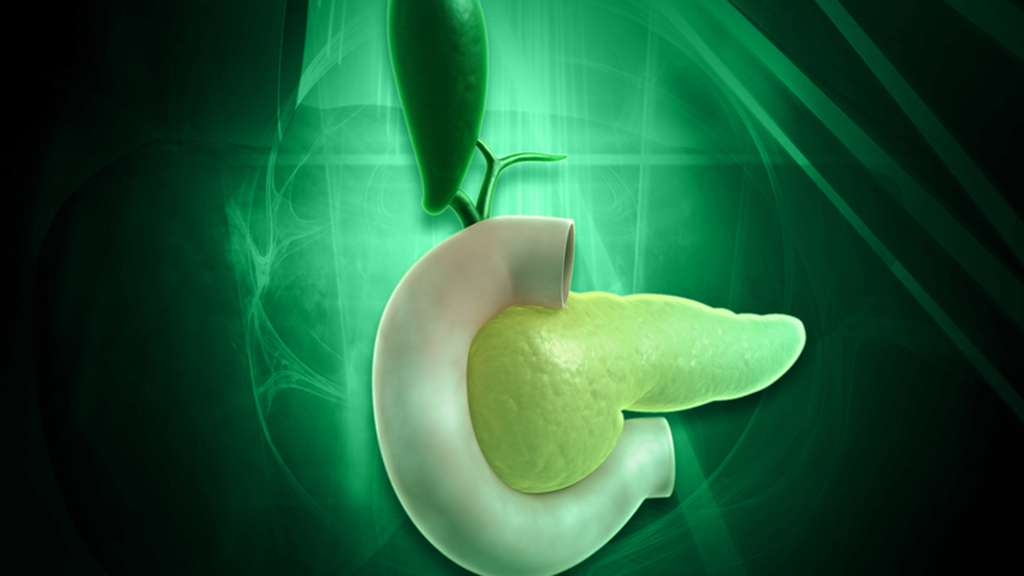Abstract
This case study applies problem-based learning to the field of biotechnology. Students assume the role of newly-hired bioengineers at a fictitious biotech company, Bio-Art. Students work individually to complete background research in the basic biology of the pancreas, the disease state of diabetes, and current treatment strategies. After group discussion, students are introduced to cell transplantation as a strategy to treat type 1 diabetes. Pros and cons of cell transplantation are discussed and students conduct further research into current strategies to improve cell transplant longevity. Finally, students are introduced to various methods of cell encapsulation. Students then form small groups, discuss the pros and cons of each method, and work in teams to design and present their final product that improves upon one method of cell encapsulation. This case study was designed for upper division undergraduate course on biomaterials for regenerative medicine, but it would also be appropriate for graduate or undergraduate courses in biomedical engineering and bioengineering, particularly to teach design of biomedical devices.



